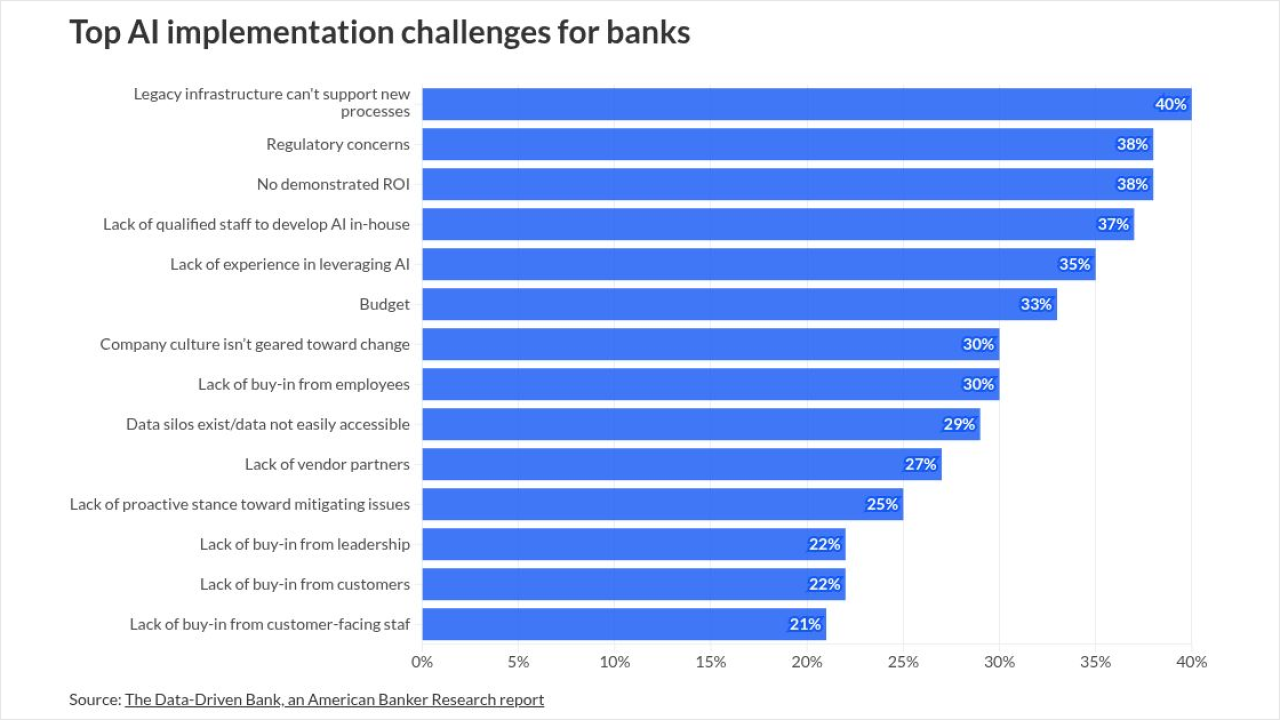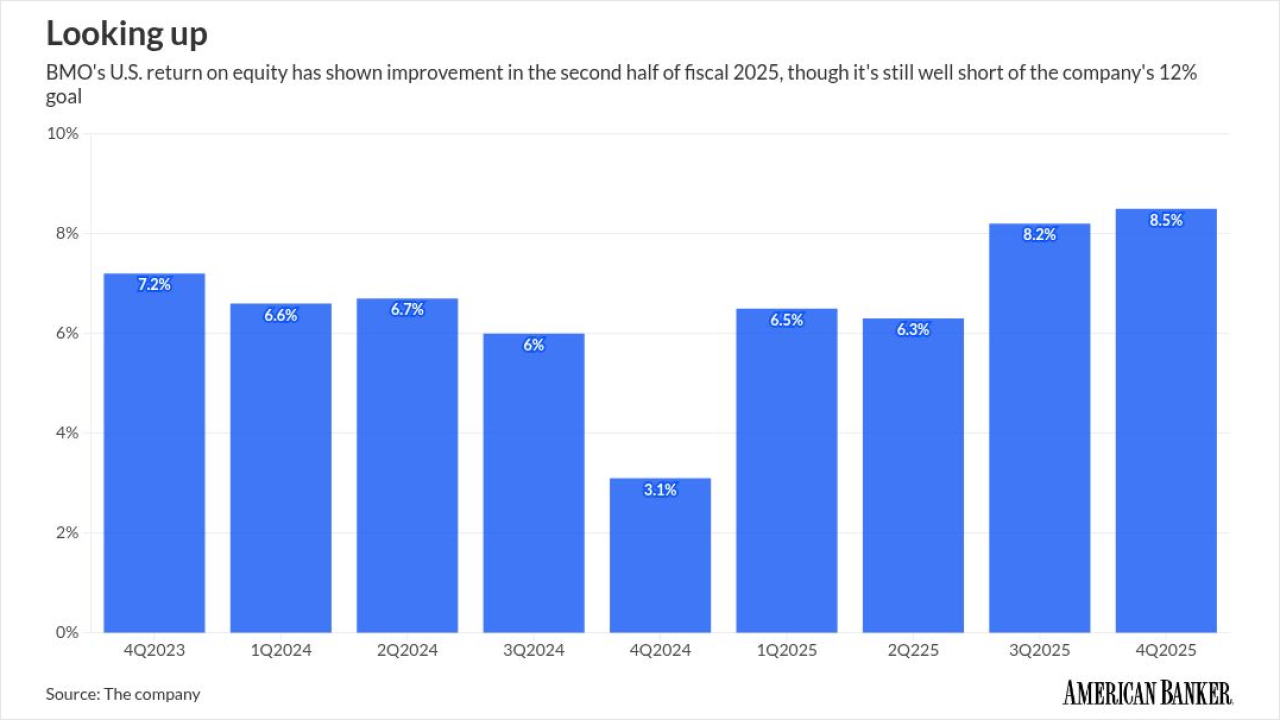
Money and
But
Today, cross-border payments are slow, costly and inefficient, relying on a network of correspondent banks acting as intermediaries. The system routes many transactions through the U.S. dollar, even when the U.S. is not a party to the trade, because the dollar serves as the primary vehicle currency. This role of the dollar gives the U.S. real control over the flow of global finance.
CBDCs reengineer this plumbing. They allow for direct currency exchanges between countries without the need for a central vehicle currency like the dollar. With CBDCs, a payment from Thailand to Indonesia could flow via a CBDC hub, directly from Thai baht to Indonesian rupiah, thereby bypassing the dollar. This direct flow will reduce costs and greatly speed up transactions for participants. It will also greatly diminish the role of the dollar for the U.S.
Countries around the world are investing in this new plumbing. Projects like mBridge and Jura are testing cross-border CBDC platforms that enable multiple currencies to flow seamlessly between participating nations.
China is at the forefront of this development with its digital yuan, the e-CNY. While currently used domestically, China in time is likely to liberalize its capital account and open the e-CNY for international use, potentially offering it for free and even mandating its use for Chinese export purchases. China will aim to redirect significant flows of global finance through its own pipes, challenging the old plumbing dominated by the U.S. dollar.
The U.S. risks being left behind. While debates rage about the merits of a domestic digital dollar, the focus has been on retail use within the U.S. rather than on wholesale international applications. Without a wholesale digital dollar designed for offshore use, the U.S. may find its old pipes bypassed by the new plumbing. Merchants and nations, given a choice between an affordable and efficient modern system and an outdated costly one, will naturally opt for the former.
From embedded finance to artificial intelligence to real-time processing, there are plenty of sources of competition and opportunity in the new year.
Moreover, Washington's weaponization of the international financial system by imposing sanctions and freezing assets has further
The consequences of a shift could be profound. The U.S. enjoys an "
To maintain its position, the U.S. may need to invest in the new infrastructure. Developing a wholesale digital dollar for international use would help ensure that the U.S. remains a central hub in the global financial plumbing. By participating in the new CBDC networks, the U.S. can offer a trusted and efficient alternative, encouraging other nations to keep their financial flows connected to the dollar.
Ignoring this shift will not be an option. Even if the U.S. tries to block other countries from developing CBDCs, the technology and motivation are too strong. The pipes are being laid, and water will find its way through them. The question is whether the U.S. will be part of this new system or be left watching from the sidelines.
Russia is an unwanted intruder in Ukraine. Domestically, if you awaken to find an unwanted intruder in your home, and you are immensely physically strong, as strong as the U.S. is today economically, then I suppose you could punch a hole in the Sheetrock, rip a pipe from the wall and use it to knock the intruder over the head. But there are better ways to defend your home. Pipes and plumbing are best left for the uses for which they were designed. The U.S. today is misusing the international financial system by freezing other nations' reserves and failing to invest in developing new infrastructure. By doing both things, it is giving other nations strong reasons to move away from the U.S. dollar.






